From pv magazine 01/2020
Imagine you’ve spent a couple of weeks creating a financial model, getting the formula and the formatting just right. You use it for a project and everyone is happy – high fives go around the office – and you become known as an Excel guru. A couple of weeks later, a colleague uses the same template for a project and the numbers look a bit off. But you spent so much time proofing, so it must be right, right? As the office empties in the late afternoon, you prepare to submit, you check and find your construction costs are not capturing all the relevant cells. You spend the rest of the night massaging the rest of the numbers to make the model fit the shiny report you made.
Or picture this: Your boss suddenly bursts into the meeting room, sweat-laced and beady-eyed, as the client has spent the last 15 minutes berating him over a missing transformer on site. You calmly tell him the transformer was excluded from scope. Your boss pulls out a drawing, showing the transformer. That’s an old drawing, you state, slightly panicky. Your boss sighs in relief and asks you to retrieve the document, so you spend the rest of the afternoon trying to find the transmittal of the right drawing.
If this or something similar has happened to you recently, or is ongoing currently, then it might be that you could benefit from implementing a quality management system. This is essentially a way of getting the team to figure out the best way of working, to repeat their successes, to spread the knowledge and methods via rollouts and trainings, to measure how well everything is going, and then course correct and improve when needed. This is all in the quest of making our clients, the people we work with, and ourselves happy.
Plan, do, check, act
The more quality astute among you might recognize the aforementioned cycle as the Plan, Do, Check, Act method outlined in ISO 9001. Whether it’s a design template for lightning protection, a supplier qualification process, or making a peanut butter sandwich, this is a way of adopting best practices and improving as you progress.
The foundation of this quality management system is a standardized process-based approach. This divides the project into inputs, processes and outputs, with the outputs then providing lessons to inform and improve the processes. A typical set of processes for a renewable energy project is outlined in the chart above right.
Now you might say any organization has inputs and outputs, and is therefore already running processes. And you would be right. So what’s so great about quality management systems? It requires the team to agree on a way of carrying out certain tasks, then training people to perform the task, and once implemented, measure the results to see if any improvements need to be made. (Remember Plan, Do, Check, Act?)
A process in a quality management system is standardized, well-communicated, measured and improved when needed. If it sounds like a system could help reduce mistakes, free up time for innovation, and most importantly meet your client’s expectations, then you would be right. You might have also noticed that meeting process targets that help your organization win should also help the company meet its own targets; surely there is some benefit in that?
Quality and renewables
Now that you are sold on using a quality management system, how do you implement it? For starters we have to recognize that a renewable energy project developer needs its own intensity – not a copy-paste solution from building projects (solar and wind power plants are relatively straightforward to construct) or from manufacturing plants (which are usually very process-intense and complex).
Getting management involved is a requirement of ISO 9001, but it’s more than that. It’s a chance for leaders to translate their vision into the activities, and a structured opportunity for designing the organization, which usually happens ad hoc, or when a mistake has been made.
Developers and asset owners
Grid connection is one of the main challenges that developers face. These agreements usually have multiple interfaces with the authorities, consultants, and grid-interconnection contractor. A simple process highlighting the steps to take with the relevant document submission and lead times can help the development team navigate this complex activity. In general, following these process steps will create the base for the grid connection activity that will help support any customizing or troubleshooting as needed.
After the first implementation, learnings can help optimize the process and consolidate vendor lists, including consultants, suppliers and contractors.
EPC contractors
At bid stage you need a process to manage the client, as well as regulatory and internal requirements. Instead of a passive review of documents, a more active approach would be to ask key questions: What is the scope of the project (plant plus interconnection)? What are the key milestones and penalties? What are the key pieces of equipment? And so on. A simple exclusion list can also be populated to guide the team’s efforts and to facilitate the discussion of solutions with the client.
After contract signing, the main requirements for any EPC project come from the EPC contract and schedules. The management of these contracts from bid to closure is critical to managing expectations. Simple processes that translate requirements from contracts to internal milestones can help the project team keep to time and cost targets, while also freeing up time for possible optimization and savings.
Asset operators
Standardizing input/output lists for supervisory control and data acquisition (SCADA) systems and automating data compilation and report generation are usually highlighted on an operator’s wish list. Days and weeks can be spent editing and compiling the data from different plant and country locations, reducing time for improvement and optimization. Standardizing the output database and report format for all locations is a start. Then adaptations to existing SCADA can be made for automated data exports.
Optimized checklists that are database-ready for module or inverter maintenance can help trigger interventions that in turn can help improve plant performance.
Valuable processes
Start a discussion within teams and then between teams about the most critical activities. Prioritize according to team targets and then improve and standardize the activity. A list of processes and how they help meet your targets is useful.
A common starting point is how requirements are shared between the client interface, engineering, and construction. Common storage and document naming conventions can improve information flow.
And keep it simple. Single pagers should be enough for most processes, and the language should be understandable without a glossary or a dictionary.
You might be fearful now that processes will put you at risk of automation and becoming obsolete. But automated processes like those described above should free up time to find new ways to finance and build that even better plant, which should promote you from stressed-out firefighter to work-life balanced innovator. In any case, process would be the language of any new robot overlords, a good grasp of which would make you a fine pet.
By Nabeel Ismer, a project manager in the renewable energy industry with more than 13 years of professional experience. He has overseen the technical execution of more than 100 MW of solar projects, and the management of bids for more than 250 MW. He has implemented three separate quality management systems based on the International Organization for Standardization’s ISO 9001 outline. He is a father and wants to be a part of the effort to tackle climate change and other big issues that we face as global citizen.
This content is protected by copyright and may not be reused. If you want to cooperate with us and would like to reuse some of our content, please contact: editors@pv-magazine.com.
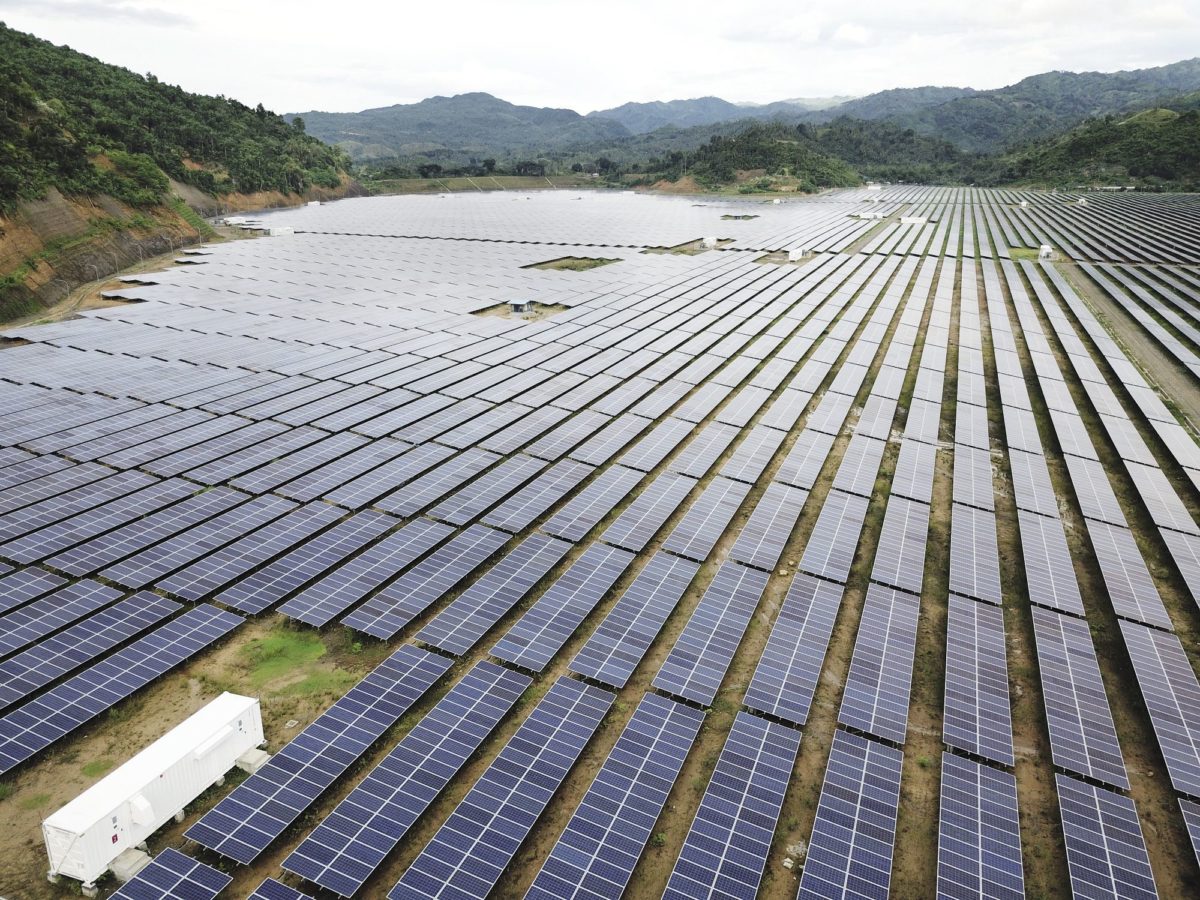


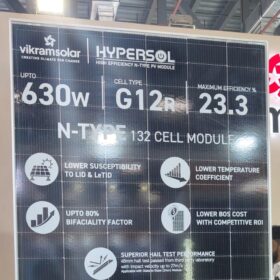
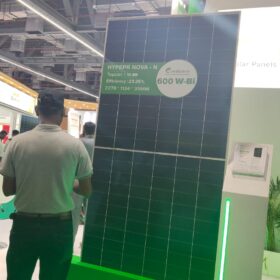
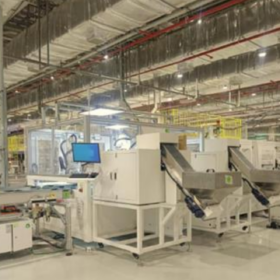
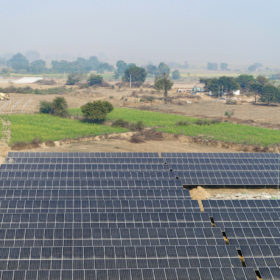

Not a great title — there’s nothing really about “robots”. We do need reporting on robotic/automation efforts to vastly advance PV, though. The world we know now would not exist without Henry Ford having in 1908 introduced the most advanced automation of that time to mass produce the Model T. The same is coming to PV! And the vast increase in worker productivity and resulting PV installation speed will be one of the important advances to help Solve Climate Change. The robotics will help solve installation QC problems just as robotic assembly has done for the auto industry.